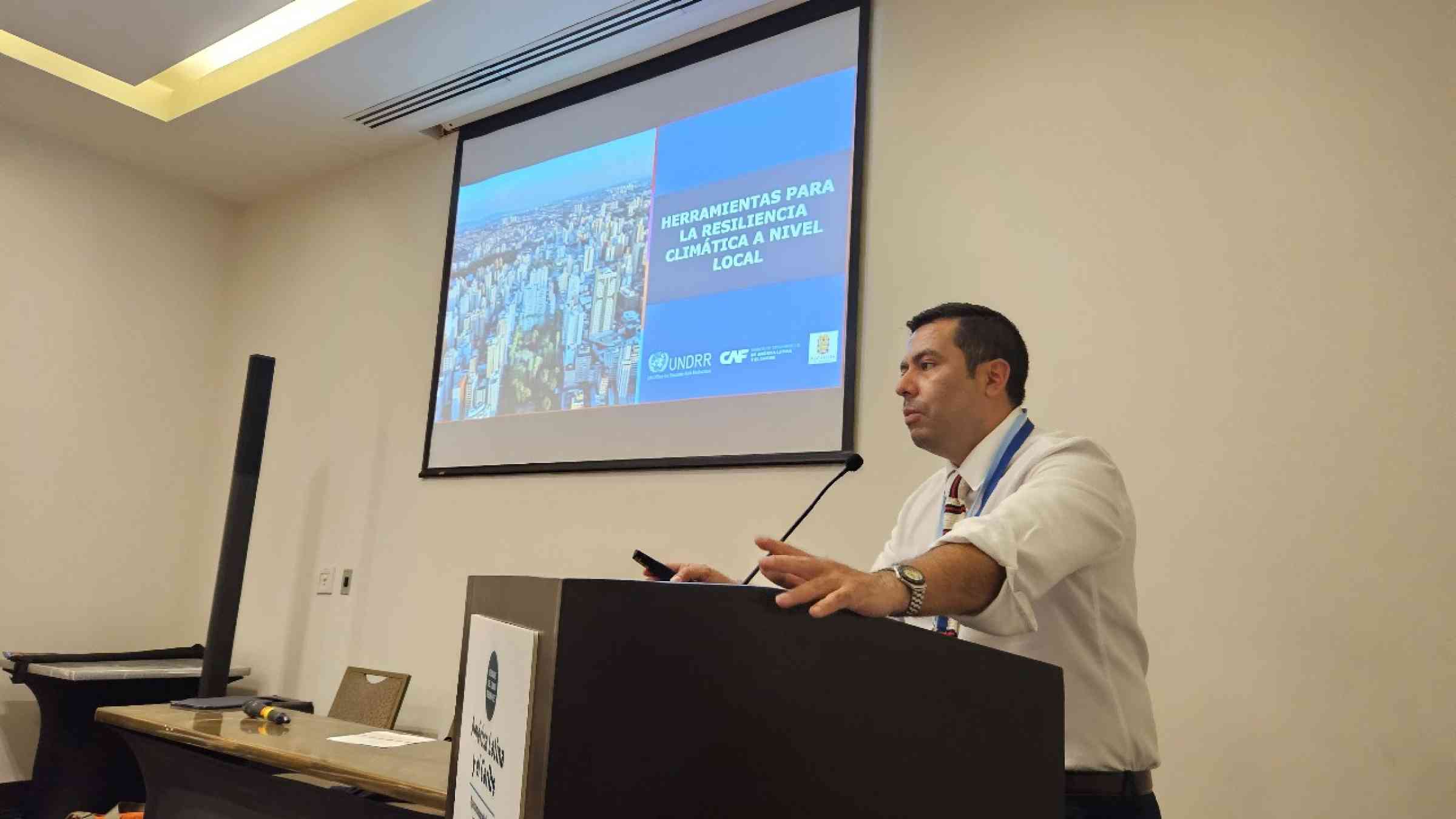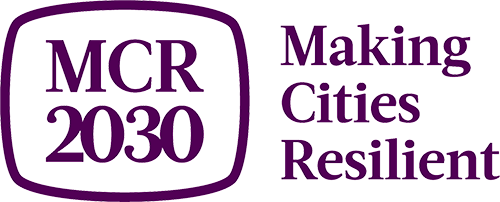The Americas and the Caribbean forge ahead in climate action and local resilience

Currently, 90% of the disasters recorded globally are linked to climate. Comparing the reports "The Human Cost of Disasters" (CRED & UNDRR, 2020) and "2022 Disasters in Numbers" (CRED, 2023), the average annual number of disasters recorded between the 1980s-1990s and 2022 has increased by 84%. In 2022, the Americas and the Caribbean were the second most disaster-prone region, following Asia Pacific, but it experienced the highest economic losses (CRED, 2023). According to the report "Overview of Disasters in Latin America and the Caribbean 2000-2022" (OCHA & UNDRR, 2023), floods and storms are the phenomena causing the highest number of recorded disasters in the region.
Globally, a 40% increase in recorded disasters is expected by 2030. This projects that by 2050, more than 17 million people in Latin America could be forced to migrate to escape the effects of climate change. The rapid growth in the frequency and magnitude of natural phenomena, unplanned urban development, the rise in social and economic inequalities, coupled with the slow evolution towards more resilient and sustainable governance, are some of the effects that have hindered the development of cities.
In response to this crisis, the United Nations Office for Disaster Risk Reduction (UNDRR) and the Development Bank of Latin America and the Caribbean (CAF) have developed tools such as the "Multi-Hazard Climate Risk Analysis" and the "Scorecard: Climate Resilience Addendum." These tools aim to provide local governments with rapid assessment tools to evaluate climate change risks and their capacities in resilience governance. By implementing these tools, both organizations aim to contribute to the fulfillment of the Sendai Framework for Disaster Risk Reduction at the local level and urge local governments to include Climate Change variables in the development of their resilience and disaster risk reduction plans and strategies.
During the "Latin America and the Caribbean Climate Week 2023," UNDRR, CAF, and the Panama City Government organized the session "Integrated Approach to Climate Adaptation and Disaster Risk Reduction at the Local Level." The goal was to increase awareness about the need to integrate Disaster Risk Reduction and climate adaptation for cities and settlements. Information about the Climate Resilience Scorecard Addendum was provided to local representatives, local governments, and subnational governments. Additionally, best practices were showcased to inspire action, and opportunities for networking between local governments and stakeholders were reinforced.
The session saw the participation of more than 30 individuals. Cristóbal L. Maciel, Programs Officer for the Developing Resilient Cities 2030 Initiative and local resilience specialist for UNDRR-ROAC, emphasized the need to link resilience and climate action agendas at the local level. Oscar Guevara, Chief Executive of the Climate and Environmental Action Division at CAF, discussed the process of developing the tools and the advantages of using such instruments. Finally, Jannia Samuels, Deputy Director of Resilience at the Panama City Government, presented the case study of the implementation of both tools.

